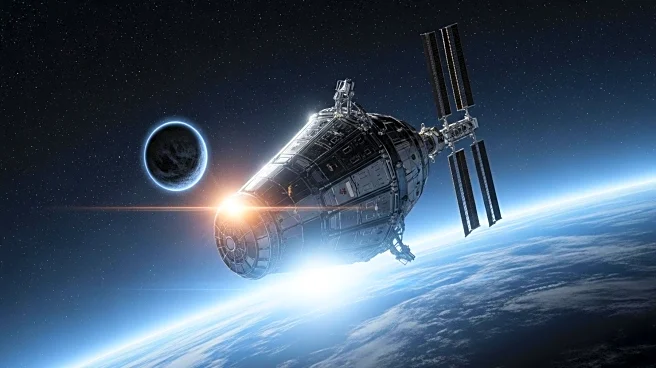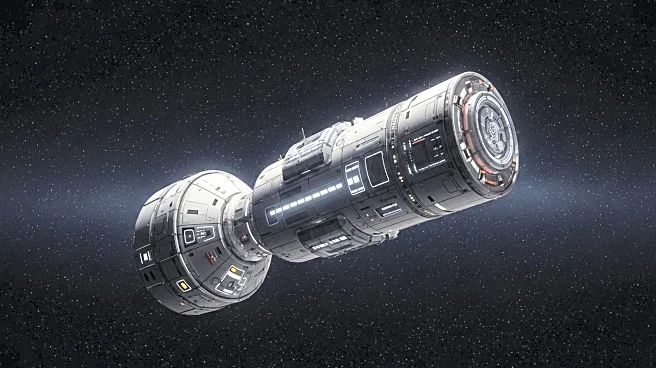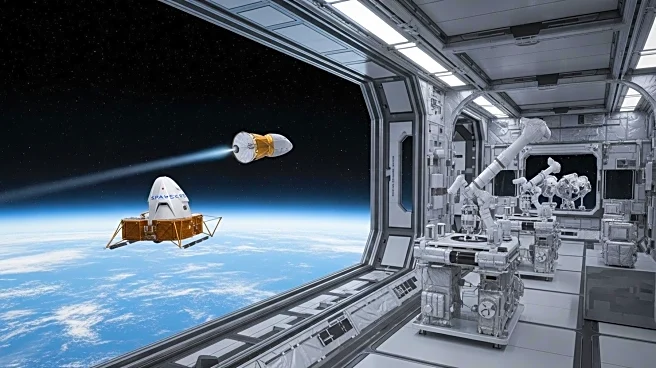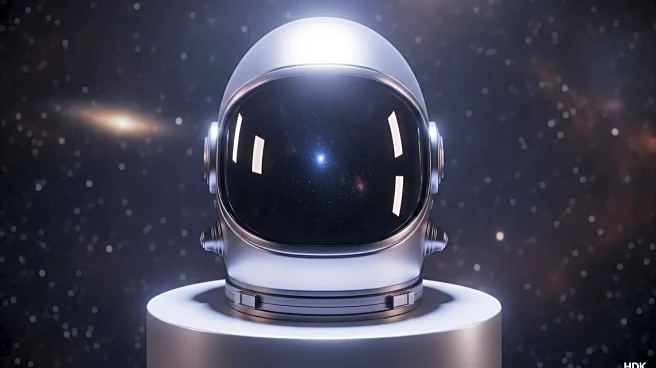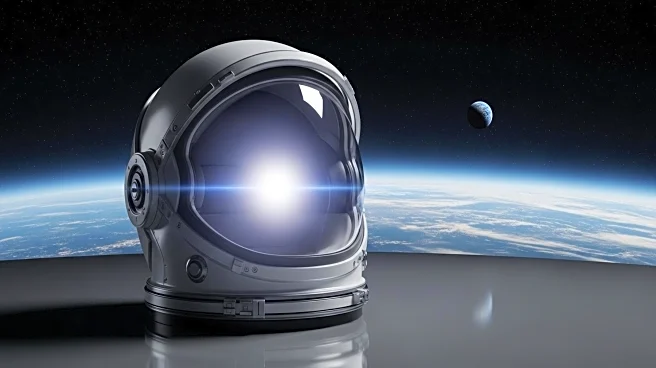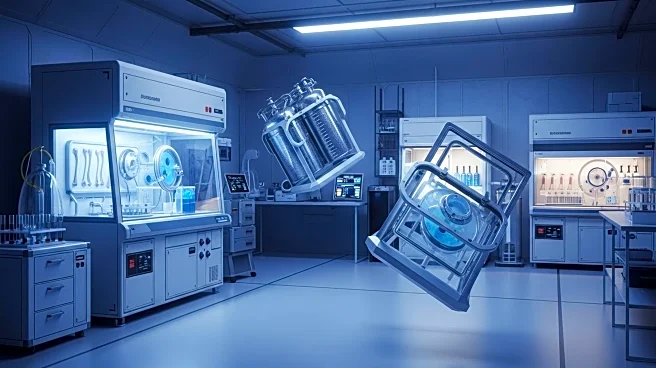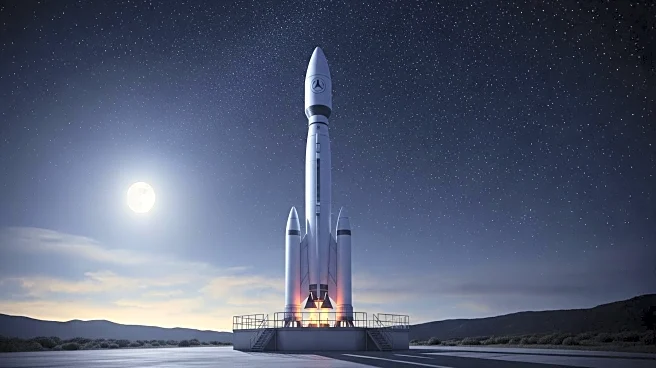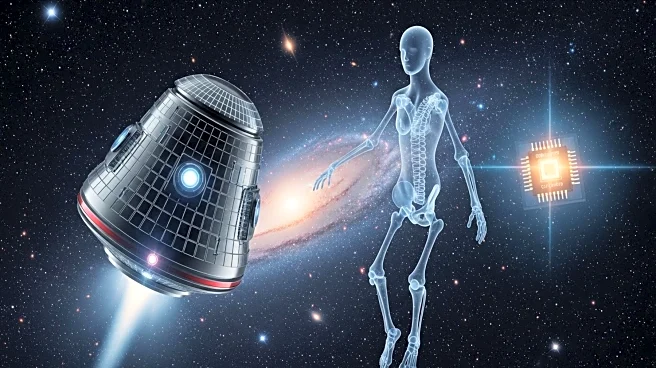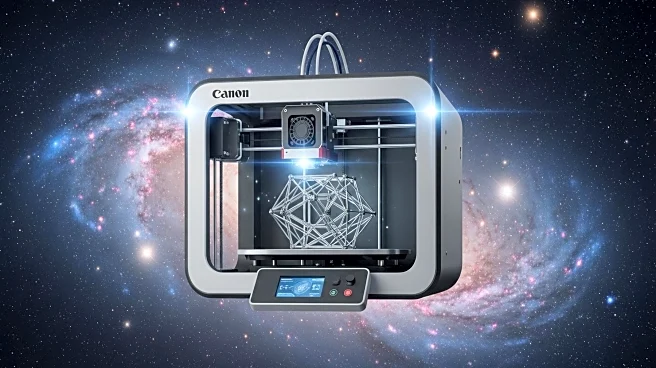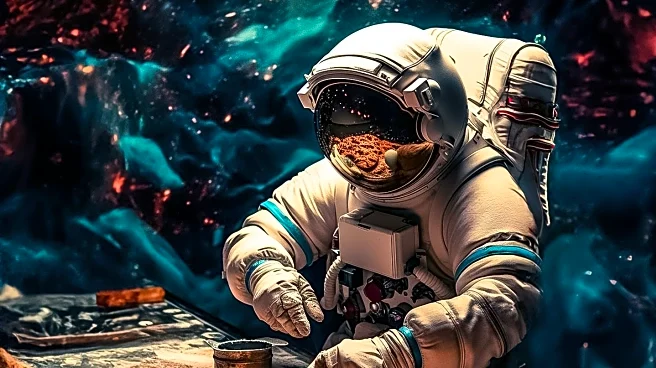What's Happening?
SpaceX's Dragon cargo spacecraft completed a successful reboost of the International Space Station (ISS), raising its orbit to 260.9 by 256.3 miles. The maneuver involved firing two Draco engines for over five minutes, demonstrating Dragon's capability to sustain the ISS's altitude. This test is part of NASA's strategy to transition reboost responsibilities from Russian Progress spacecraft to U.S. resupply crafts like Dragon and Cygnus. The reboost is crucial for maintaining the ISS's orbit, which naturally decays due to atmospheric drag.
Why It's Important?
The successful reboost by SpaceX's Dragon marks a significant step in ensuring the ISS's continued operation, especially as Russia may withdraw from the program by 2028. Transitioning reboost responsibilities to U.S. spacecraft enhances operational independence and reliability. This capability is vital for the ISS's longevity, expected to operate until 2030 or 2031. The test also prepares SpaceX for future tasks, including the controlled deorbiting of the ISS, highlighting the company's growing role in space station operations.
What's Next?
SpaceX plans to conduct additional reboosts throughout fall 2025, using Dragon's new boost kit. The spacecraft will remain at the ISS until late December or early January, returning with scientific samples and discarded items. NASA continues to explore options for the ISS's future, balancing international collaboration with domestic capabilities. The success of these tests will influence decisions on the station's operational strategy and eventual deorbiting.
